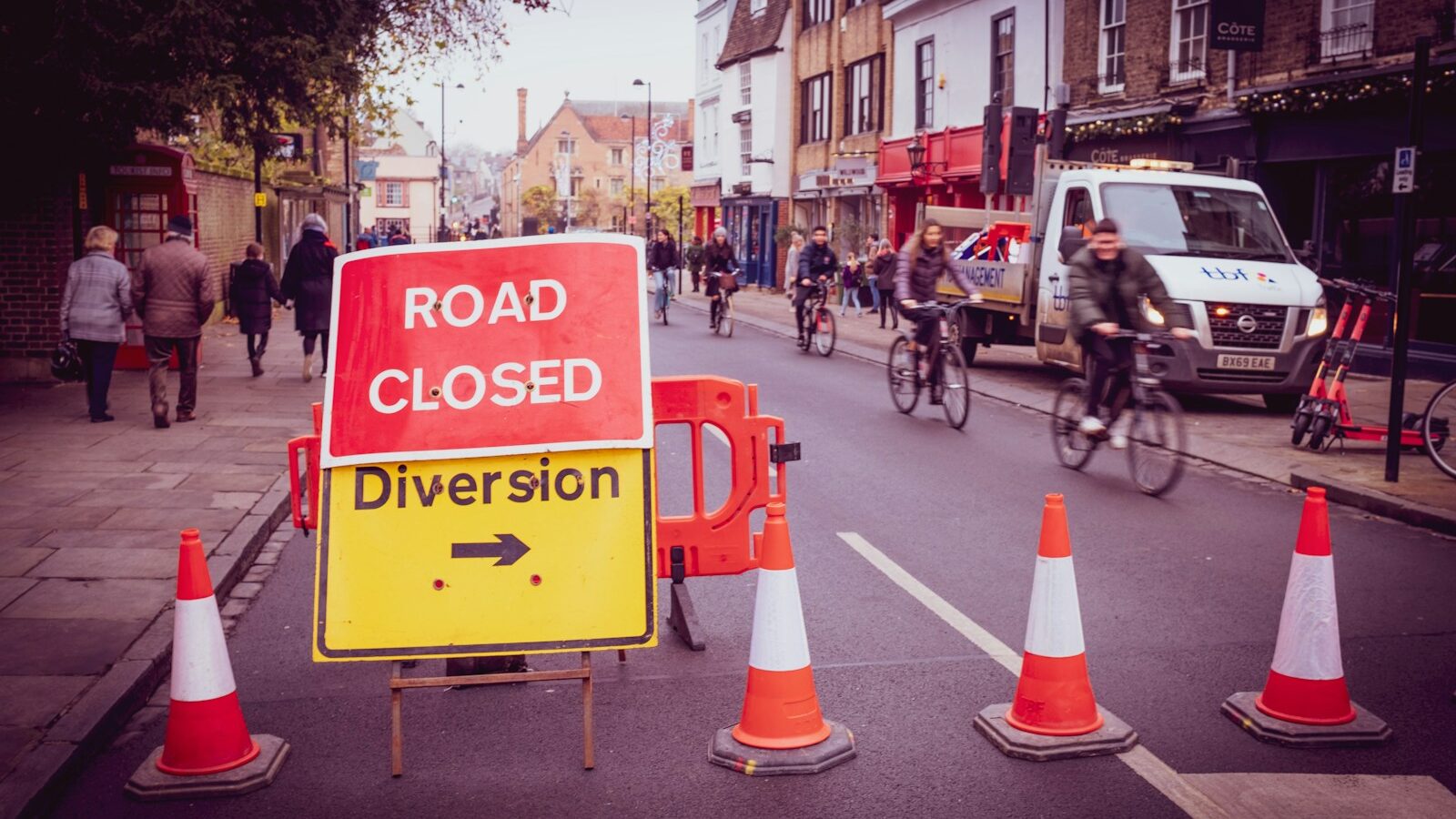It is not uncommon for LGBT+ people to face the double challenge of mental health issues and discrimination in the workplace. What can your business do to stamp out the stigma and offer better support?
The workplace can be a challenging environment for someone with a mental health issue for many reasons. Equally, people in the LGBT+ community still experience challenges as a result of prejudice and discrimination in the workplace.
The crossover is rarely surfaced and the ‘double stigma’ not spoken of. So what happens when these two experiences come together? And what can we do to ensure we create healthier, more supportive working environments that enable everyone to thrive?
Sexuality in the workplace
As a society we have made great progress on both mental health and LGBT+ issues over the past decade or so. But it is clear there is still much work to do.
Looking back on my own experience, it was by no means easy to make the decision to first discuss my sexuality at work. Although I had come out to many of my friends, at first I was reticent to talk about it with colleagues when I started my first graduate job.
After some reassurance from friends I came out to colleagues who were unsurprisingly supportive, given that I was working in the sexual health sector. Since then I haven’t looked back and I have been lucky to have, in most cases, amazing bosses.
I know this isn’t the experience of everyone. I am aware that as a white gay man there are many others who may not always feel comfortable being themselves in the workplace – LGBT+ black, Asian and minority ethnic people; trans people; and bisexual people to name a few.
There are a number of issues that disproportionately affect LGBT+ people at work too. A recent TUC report found that seven in ten LGBT+ people have been sexually harassed in the workplace, and two-thirds did not report it to their employer. In terms of the overlap, one in six of those affected reported that this harassment had impacted their mental health, and a similar number left their job as a result.
Diversity and inclusion in the workplace
We now know that LGBT+ people are more likely to have a mental health issue. While, on average, one in four people will experience a mental health issue each year, a recent Stonewall report revealed that over half of LGBT+ people say they’ve experienced depression in the past year. And one in eight LGBT+ young people (aged 18-24) say they’ve attempted to take their own life in the past 12 months.
The same research also found that one in eight trans employees said they had been attacked by a colleague or customer at work.
Looking at mental health across the board, Business in the Community reports that only 16 per cent of people feel able to disclose a mental health issue to their line manager.
Overall we are doing better on mental health, and many companies are ‘waking up’ to the issue, yet the stigma in the workplace still remains. This means that many LGBT+ people face a ‘double stigma’ in their employment and will often fear ‘bringing their whole self’ to work.
These numbers highlight why every employer has a responsibility to work harder to create genuinely inclusive and mentally healthy workplaces. This means fostering a culture where people feel safe and comfortable to be open about their sexuality, gender and mental health.
If LGBT+ employees have an increased likelihood of experiencing mental issues and harassment, clearly we must create workplace wellbeing policies with LGBT+ people in mind.
LGBT+ wellbeing: getting the foundations right
If LGBT+ employees have an increased likelihood of experiencing mental health issues and harassment, clearly we must create workplace wellbeing policies with LGBT+ people in mind. Diversity, inclusion and a thriving, mentally healthy workplace go hand in hand, so it is in every employer’s interest to put each issue firmly on the agenda.
It is not only the right and moral thing to do but also makes for sustainable, successful businesses. When we feel safe, respected and supported we are happier, more engaged, more creative and more productive in the work we do.
According to a study by The Williams Institute, workplaces with policies that support LGBT+ people demonstrate less discrimination and more openness about LGBT+ issues.
The culture this creates in turn means these workplaces also demonstrate improved workplace relationships, an increase in job satisfaction and more productivity and commitment from LGBT+ staff. So how can we address both these issues together?
Being and feeling truly inclusive for everyone happens over time, but small steps make a world of difference.
The role of training
There are some simple steps organisations can take to go beyond paying lip service to Pride and mental health campaigns. Practical action to strengthen support for LGBT+ employees experiencing mental ill health is within every employer’s reach.
Good training for line managers in diversity and inclusion as well as mental health awareness and skills can tackle the double stigma.
Thinking about these three areas together is so important. And that’s why I’m particularly pleased that my organisation, Mental Health First Aid (MHFA) England, has included new statistics on the prevalence of mental ill health among LGBT+ people across all our courses.
[cm_form form_id=’cm_65a14c3f5da64′]
Getting the whole company involved
Companies can show their support for LGBT+ employees by supporting the creation of an LGBT+ group for colleagues to get together and support one another. If employers encourage allies to also join the group it helps demonstrate the open and accepting culture in a workplace. Stonewall has more information about effective networks here.
Hosting local events and groups gets the conversation going. At MHFA England we run regular ‘lunch and learn’ sessions inviting speakers with different lived experiences to share their stories.
Recently Jules Guaitamacchi, a non-binary activist, spoke about their passion for working towards the inclusion of transgender people within everyday society. Just this week we also had Chris Murray, an MHFA England Instructor, hold a session on his lived experience of depression, anxiety and OCD as a member of the LGBT+ community.
These sessions help to foster a culture where people feel comfortable talking about their sexuality or gender. Having Jules discuss their own personal story empowers our employees to ask questions and grow their understanding.
Being and feeling truly inclusive for everyone happens over time, but small steps make a world of difference. For example we encourage staff to include their preferred pronouns, e.g. she/her, or they/their, on their email signatures.
This weekend, as we march once again in the London Pride parade and UK Black Pride – I urge all employers to reflect on their approaches to both mental health and diversity and inclusion.
With hundreds of thousands of LGBT+ people, and their allies, joining these demonstrations, there is no better time to step up and use Pride Month as a springboard for renewed commitment to eradicating both stigma and ‘double stigma’ and continually creating healthier more inclusive workplaces for all. The results will speak for themselves.






